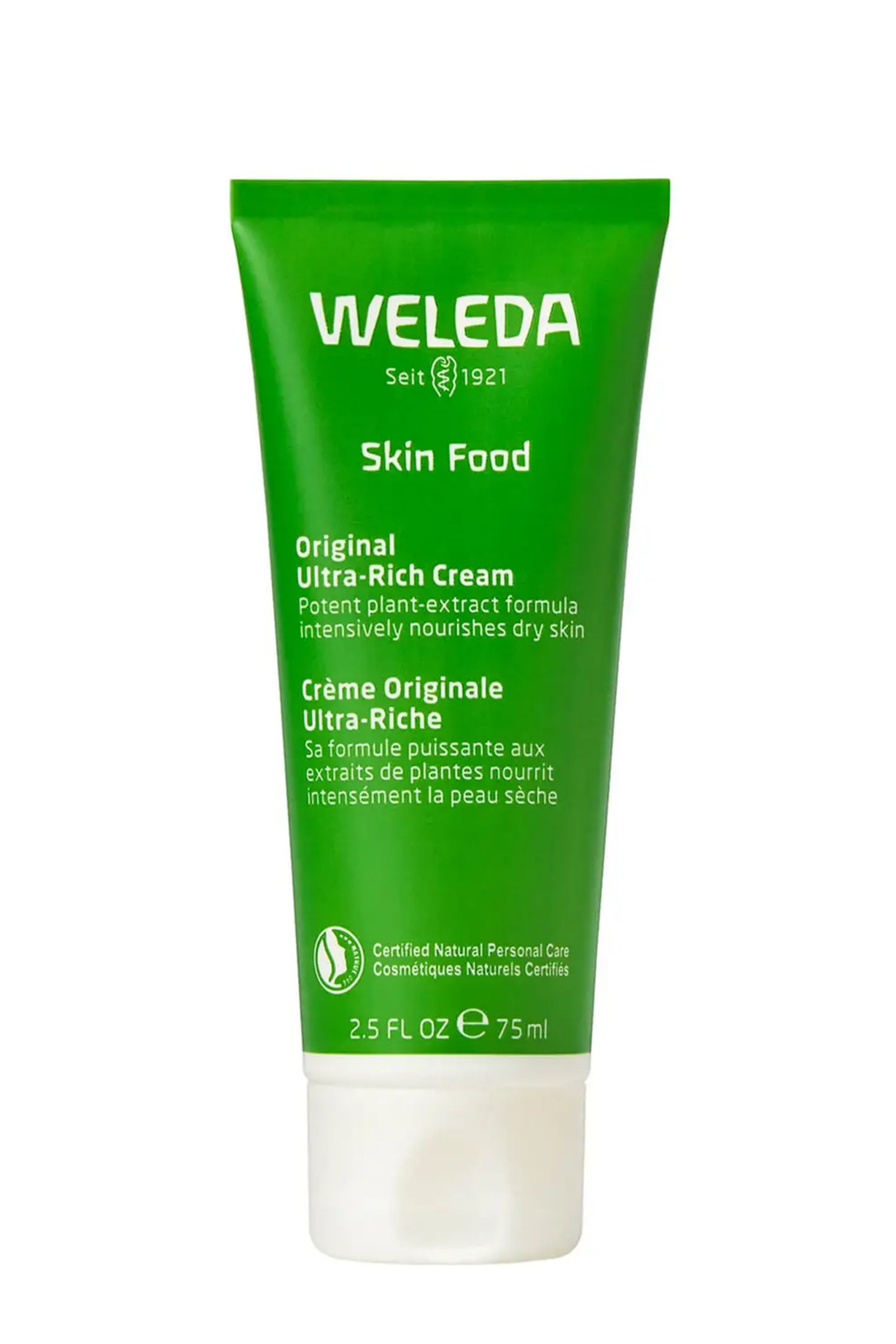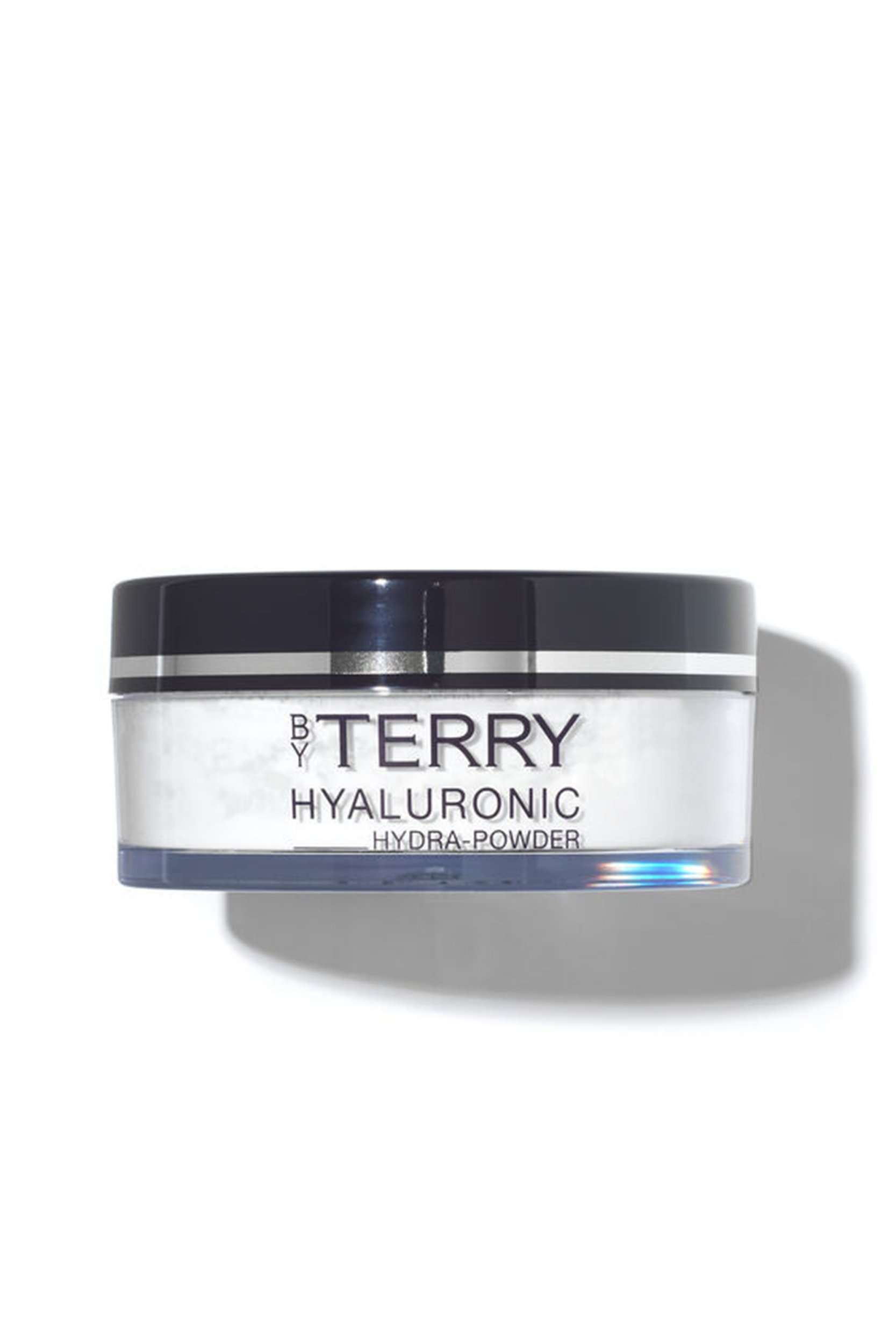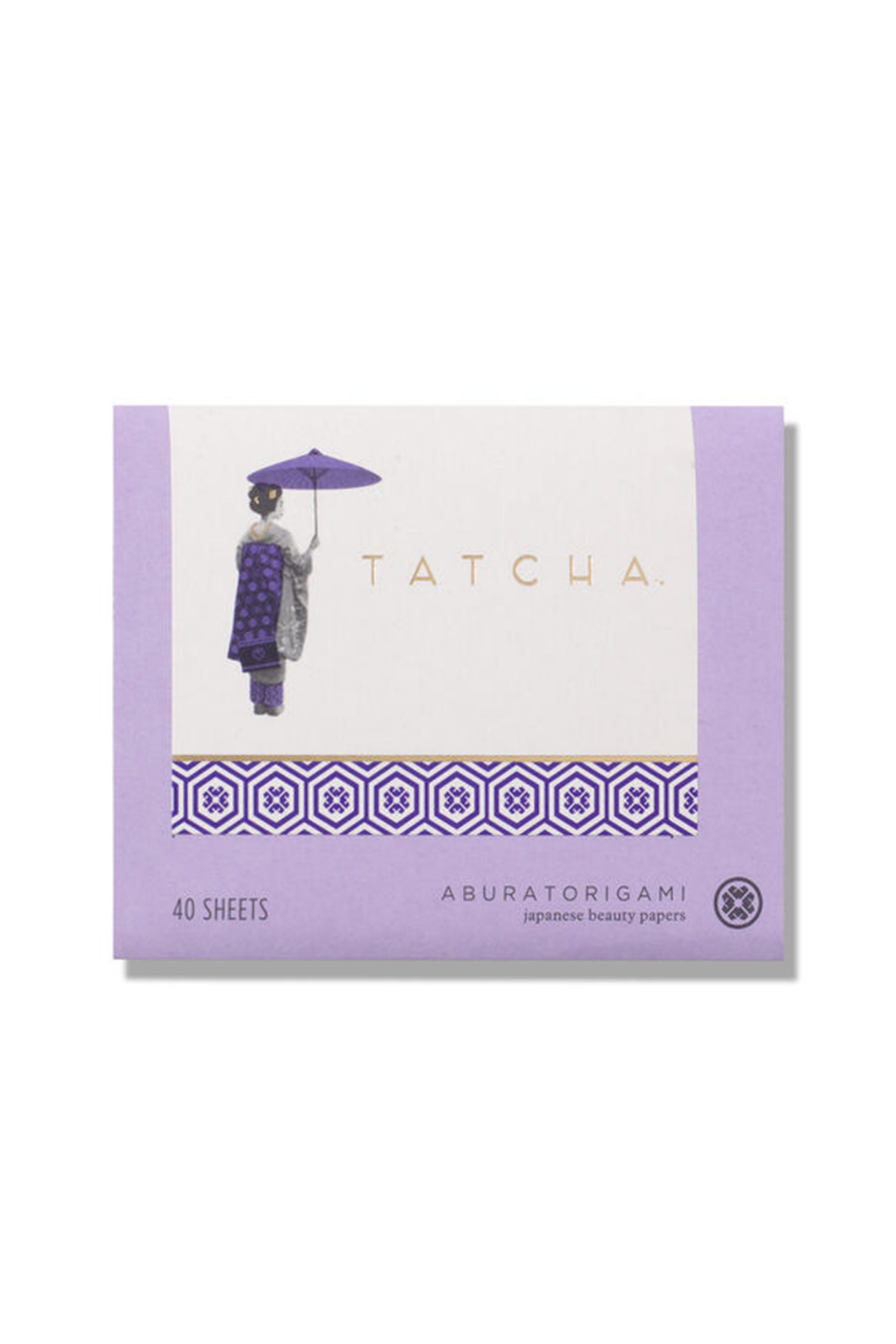Find that your mascara always smudges? Worry expensive perfume just won’t last? Concerned about constant concealer piling? Enter: Beauty SOS, here to solve your biggest beauty challenges.
While it might be one of the most often reached for beauty products in your makeup routine, learning how to get flawless foundation can be a tricky one to master. Take it from me, someone who pretty much gave up on foundations altogether and switched to tinted moisturisers because I could never seem to find one that looked and behaved exactly how I wanted it to on my skin.
But as I’ve now learned, I turned my back on foundations way too early. Finding the perfect foundation isn’t just a matter of picking up the perfect shade; it’s also about the finish, application, and which other products you’re using below and on top of it.
It might sound like a hassle, but in reality, it’s only a small swap or quick fix that’s needed to totally transform your foundation’s performance. So whether it’s a matter of stopping your foundation pilling or preventing patchiness; these handy tips are ones you’ll always want to carry with you.
Foundation SOS 1: How can I stop my foundation from pilling?
Ah, the dreaded pilling. We’ve all been there: our skincare is layered and looking fresh, we’ve set down a base of primer all ready to blend in our foundation and then BAM, it all starts rolling up on our skin. At this point it’s a lost cause: the more you try to blend, the more your base peels, and it’s back to square one.
To avoid this common mishap, makeup artist Madeleine Spencer suggests there could be a few different causes you’ll want to consider:
“The first is your skincare. If you’re applying formulas which are given to pilling, it doesn’t matter which foundation you put on top. My advice here would be to try reducing the amount of skincare or the number of layers until you find a sweet spot.”
Aside from cutting down on the skincare layers, you’ll also want to check if the formulas are compatible. For example, you might have mixed products that are high in water with products that are high in oil, which will result in them repelling each other and pilling.
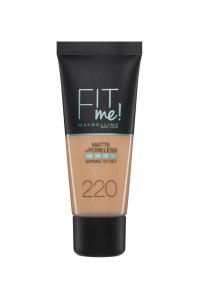
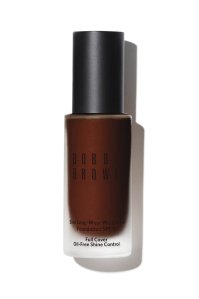
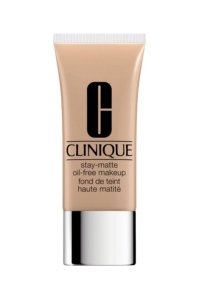
*Eliza may earn commission on sales from these product links
Another common cause can be products that are high in silicones. Primers usually contain the highest concentration of silicones as their job is to smooth your skin (something they do well), but if your foundation is also formulated with silicones, you’re likely to get pilling when you try to apply it on top.
But it’s not just certain ingredients that could be causing your products to flake: “If you notice that you pill in certain areas, it might be because your skin is especially dry there, or because your skincare isn’t absorbing in those areas properly. If that’s the case, treating skin will help,” Madeleine explains.
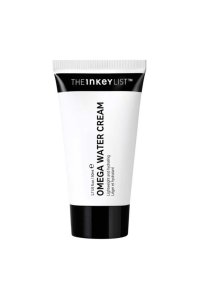
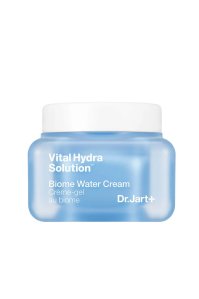
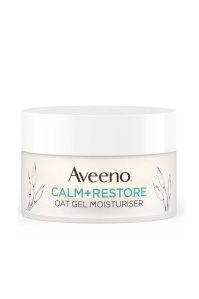
*Eliza may earn commission on sales from these product links
In that case opt for a moisturiser that will help to alleviate dry skin- Weleda’s Skin Food, £13.50, Cult Beauty, is my ultimate go-to and has always worked well under my foundations. It’s also the staple of many makeup artists backstage kit at fashion week, so you know it’s good.
Lastly, it could be that your foundation’s consistency isn’t playing ball. Rather than chucking it away, you just need to tailor your application techniques, as tempting as it can be to just rub it in with reckless abandon at 7.20am on a dark winter morning and hope for the best.
“Pilling can happen as the result of applying too much of a heavyweight foundation, or from vigorously rolling it on. You can thin out the foundation by adding a little serum or moisturiser in areas where you’re likely to pill, and you can also try using a brush to apply it in thin layers to reduce the likelihood of flaking.”
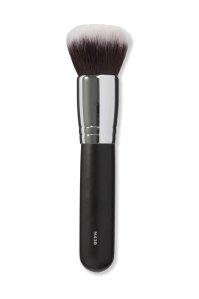
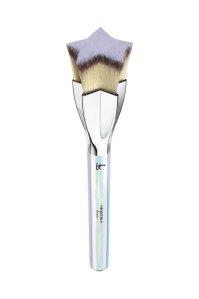
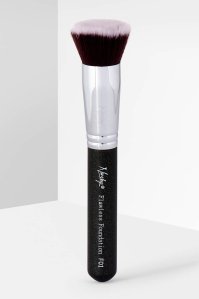
*Eliza may earn commission on sales from these product links
Foundation SOS 2: How can I prevent my foundation from separating and going patchy?
If you find your base is separating as you go about your day (not ideal), hold off on trying to layer even more foundation on top, as tempting as that may be. There are a few things you can do, but you’ll need to strip back your routine to figure out what is causing it.
Firstly and arguably most importantly is your skin prep: your skin is the canvas that your foundation will be sitting on all day, so if this is wrong, patchiness will follow.
“I make sure skin is hydrated and protected but not overloaded with product,” says Madeleine of her clients. “Usually this means a serum and a lightweight SPF.”
You’ll also want to take your skin type into consideration when choosing your base products; that goes for primer and foundation. A foundation will inevitably be affected by how dry or oily your skin is, so instead of trying to cover up your skin type, use a foundation that is formulated specifically to help counteract any extremes:
“I use a base which isn’t too oily or too drying – I’m looking for something which balances their skin, so if they’re very oily, I’ll use a more matte base, and vice versa,” says Madeleine.
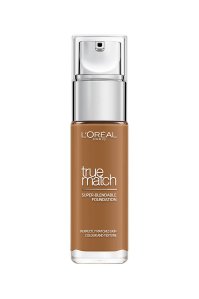



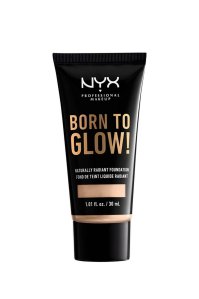
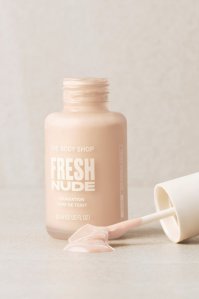
*Eliza may earn commission on sales from these product links
“If patches tend to get oily and other sections are dry, I’ll sometimes apply two different formulas to the different area, or sheer out/add more of one formula to a section which is problematic.”
Once you’ve found your formula, don’t be tempted to overdo it with the amount you’re applying. Sweep, pat or blend the foundation onto the skin in thin layers to avoid creating excess product that will sit on the skin and crack up throughout the day.

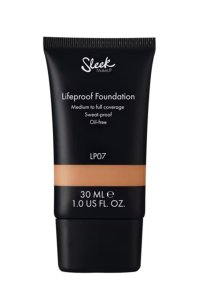
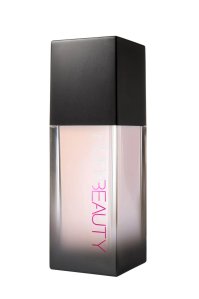
*Eliza may earn commission on sales from these product links
Lastly, Madeleine recommends a powder. While this might seem counterintuitive if you have a dryer skin type, newer formulations such as ByTerry’s Hyaluronic Hydra Powder, £42, Space NK contain skincare properties to help set the skin while keeping it smooth and hydrated.
This powder is an investment but I can attest you’ll get what seems like an unlimited amount of product for the amount you actually need to use.
Foundation SOS 3: How can I fix oiliness throughout the day without ruining my foundation in the process?
Sebum production is a natural process for our skin, but whether you overproduce or underproduce sebum will differ between each person. Too much sebum and you’ll have an oily skin type, too little and you’ll be dry.
You can read about how to tailor your skincare routine to your sebum production here, and assuming you’ve already followed the steps above and found a foundation that balances your skin type, there are also some on-the-spot fixes for when oiliness strikes throughout the day.
Blot away
If they’ve not already got a spot in your handbag, blotting papers are about to become your new best friend. They work to absorb the excess oil from your skin, but as Madeleine advises, “remember to press rather than wipe to avoid disturbing the makeup underneath.”
She also adds that in the absence of blotting papers, a tissue will do the trick, just be careful not to press too hard against the skin as it’s more prone to taking makeup off.
How to touch up
If you’ve got five minutes in-between courses or can sneak off to the bathroom mid-party, a quick touch up never hurt nobody.
To keep the makeup looking fresh, only re-apply where it’s really needed. “Once the oil is absorbed, you can tap a little foundation on with your finger tips, and add a light dusting of powder to give it a little longer before it gets oily again,” says Madeleine.
And there we go, you’re now armed with the know-how to tackle any foundation faux pax that might come your way.

